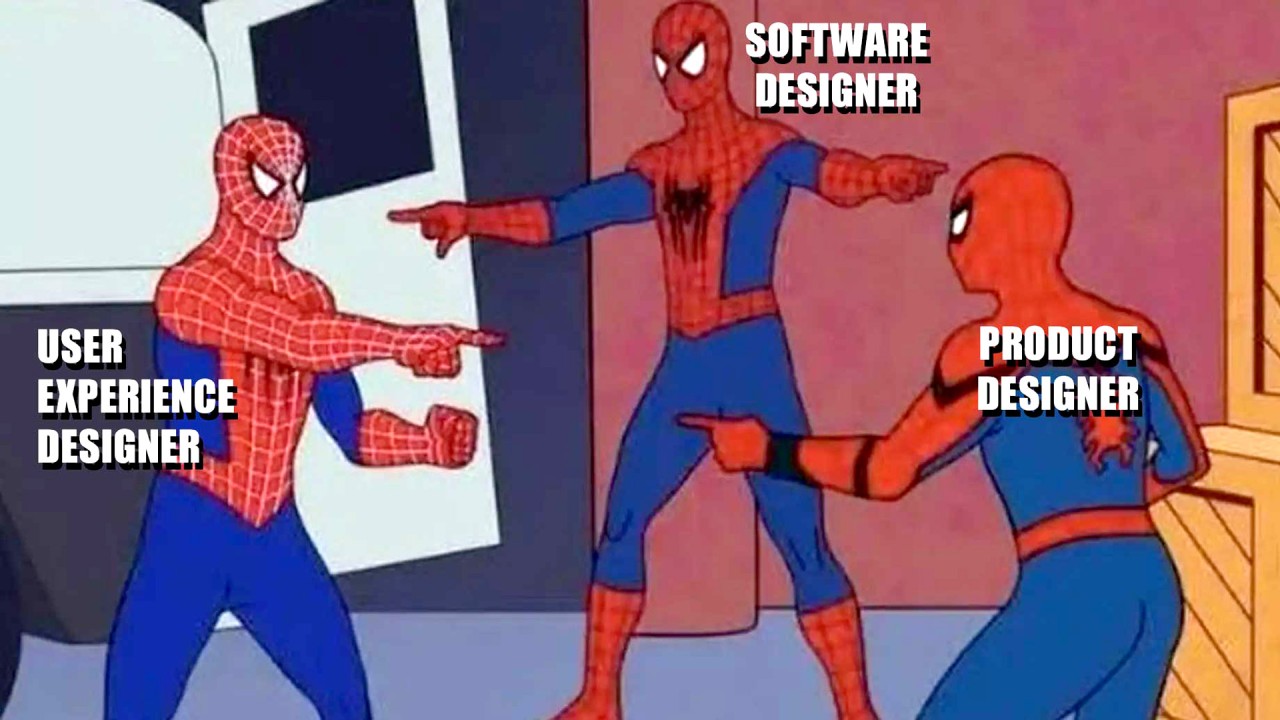Top 10 Things to Consider When Applying for a UX Role
We recently advertised 2 new UX/UI design roles at Friday. Through the process, we were fortunate enough to have met some great candidates, seen some amazing work, and we are delighted to have 2 exciting new designers working with our team.
I wanted to share our takeaways from the experience of reviewing over 200 applications, talking to dozens of candidates, and listening to all the reasons people are moving jobs. I’ll try and give some tips on what we look for and some of the pitfalls we came across. Keep in mind that we are not every employer, and as an agency, we may look for some different qualities in candidates than other businesses.
A Tale of Two Sectors
The UX industry in Ireland is divided. Some designers work for large tech companies, while others work in startups, SMEs, and agencies like Friday. In our experience, we’ve observed that while designers employed by big tech companies are well-compensated, some of them report feeling bored and yearn for more diverse and fulfilling work opportunities. We discovered that many of these candidates lack the comprehensive set of skills necessary for an agency and in some cases they have been working in a very specific area that may not be transferable. In essence, some of these candidates have less experience but aspire to higher salaries, which poses a genuine challenge for both candidates and employers.
By design, Friday is a small agency, and our UX team is made up of a mix of specialists and generalists who all work across a number of disciplines. Our client and project list is very diverse, and our team is agile and moves quickly. It’s a different setup to a big tech company in many ways.
I’ve put together a list of top 10 things we noticed that might help improve any designer’s chances of getting a role with us or maybe elsewhere.
- Be Realistic
We had candidates applying for both junior and senior roles at the same time. Others downgraded their applications from a senior to junior designers when their first application was rejected. Be decisive and clear on what level you are pitching yourself at. Your level will be defined by the work you have done, not by years of experience. In some cases we met designers who had 3 years of experience that had a much broader set of skills than others with 6-8 years of experience. - Portfolio presentation is everything
Whether you’re a UI or UX designer, or both, the presentation of your portfolio and CV is key. We’ll know within a couple of minutes of opening a portfolio if you have what we look for in terms of presentation, composition, and ability to tell a story. It’s amazing how many designers do not use the basic principles of UX when presenting their own work. - Keep it Simple
You have some great UX case studies and want to show all the work you did while telling a story; this is difficult, but read the room, know your audience. An employer is looking at dozens of portfolios and doesn’t have the time to read every case study. The message can get lost in the detail; keep it visual and concise while maintaining the narrative. It’s difficult to balance detail and brevity, but this is a skill employers look for. - Define your role
The industry is full of confusion around UX role titles; it’s a complete mess caused by designers, employers, and recruiters. Product Designer, UX Designer, UI Designer, Service Designer (just to name a few). Be clear about what you do; if you don’t have experience in research, you are not a UX designer; if you are a product designer, explain what you mean by this, there are many different interpretations.

- Be Responsive (but don’t be pushy).
If you are keen on a job, show this and respond quickly to any email or call; don’t leave an employer waiting for 2 or 3 days before you get back to them. If you are waiting on a reply from the employer, a nudge shows your enthusiasm, but beyond that, it can be seen as pestering. Remember, you may be one of a couple of hundred other applicants. - Be Curious
We love when candidates ask questions. It tells us a lot about their enthusiasm, the research they have done, and how they might talk to a client. The type of questions will tell us about authenticity – there are a lot of common questions that ChatGPT will tell you to ask; go beyond this to show genuine curiosity. - Be Honest
Didn’t your mother always say ‘honesty is the best policy’? Employers smell bullshit and respect honesty. If you don’t know the answer to a question or don’t have experience in a particular area that you are asked about, that’s okay; honesty will build trust and show character.

- Talk Money
Let’s be honest, one of the main reasons you have a career is to earn money; it’s important to be upfront about your expectations. We will usually list a salary range in our job postings; there’s no point in wasting time on this. Be open and upfront about the salary level you are comfortable with and make sure it’s within the market rate — something we keep a close eye on. - Be Prepared
If you are applying for a new role, make sure your portfolio is up to date. If you have an interview and you are expected to present your work, make sure your laptop is charged and you have access to everything you need. - Relax
People are nervous in interviews and for very good reason; we try to make candidates feel as relaxed as possible so they can be themselves. If you can, try and relax and just be yourself.
Hopefully this helps anyone looking for a new UX or UI role.
Are we being realistic or asking too much from inside our own echo chamber? We’d love to hear your thoughts and feedback.


